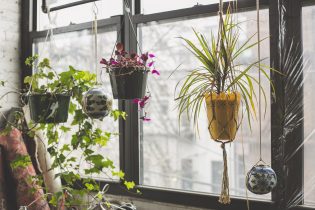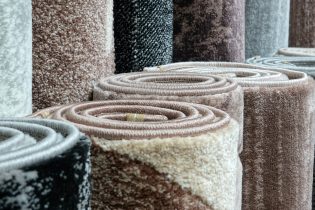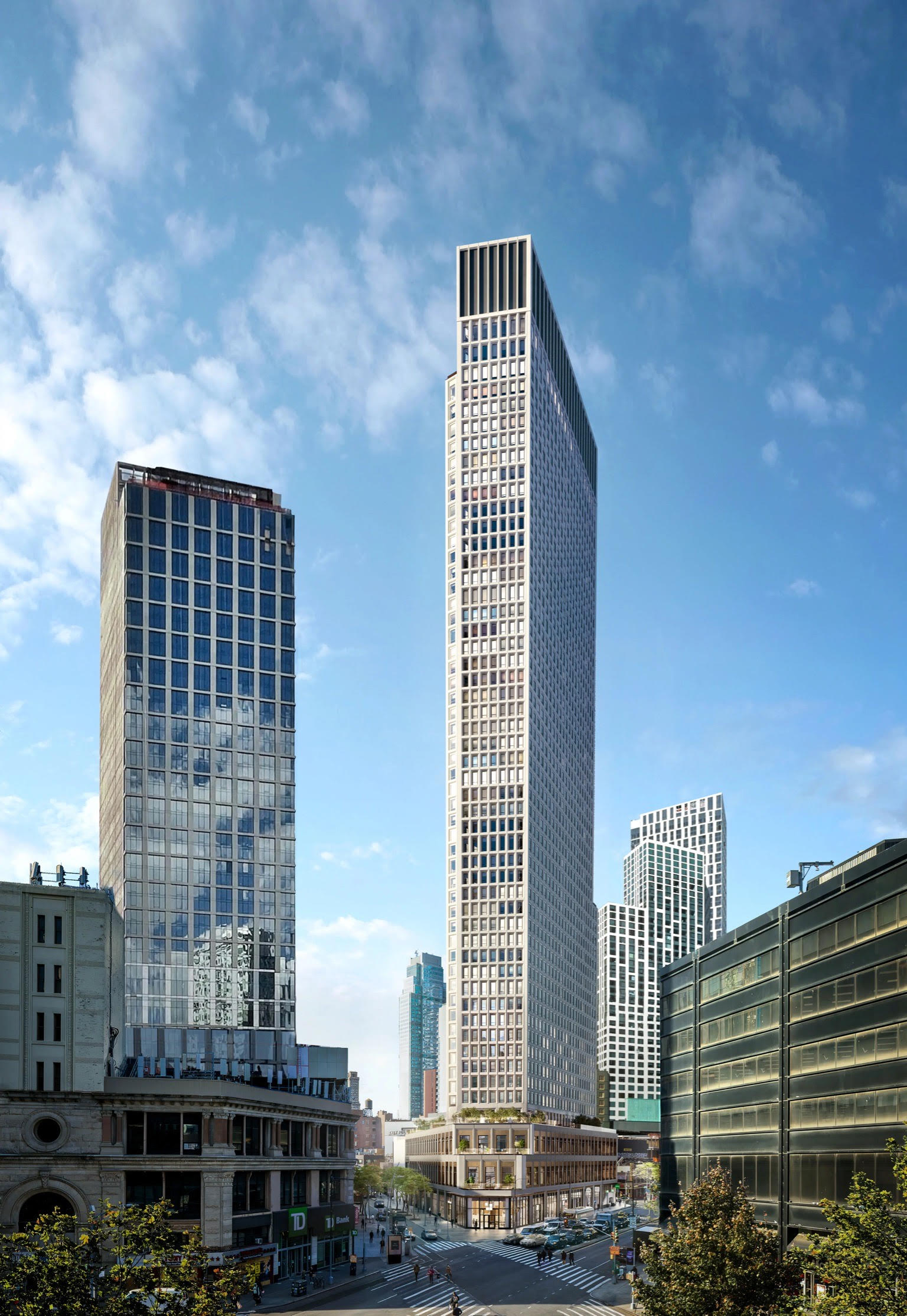Interior Designer vs. Interior Decorator: What You Need to Know
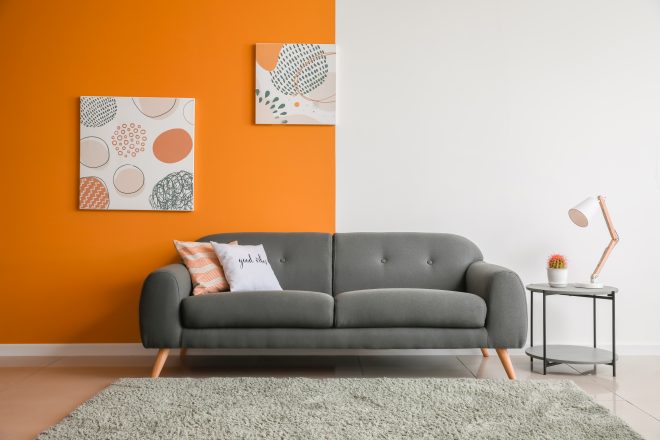
In the wide and varied world of home design and improvement, questions often surface about the roles of different professionals involved. One such inquiry that frequently crops up is the distinction between an interior designer vs. interior decorator. To the uninitiated, these terms might seem interchangeable. After all, both professionals work to enhance the interior spaces we inhabit. Yet, a closer look reveals significant differences in their roles, responsibilities, and the impact they have on our living or working environments. Today, we will delve into the specifics of these two occupations, exploring their contrasts, areas of overlap, and why discerning between them matters.
Understanding the Basics: Interior Designer vs. Interior Decorator
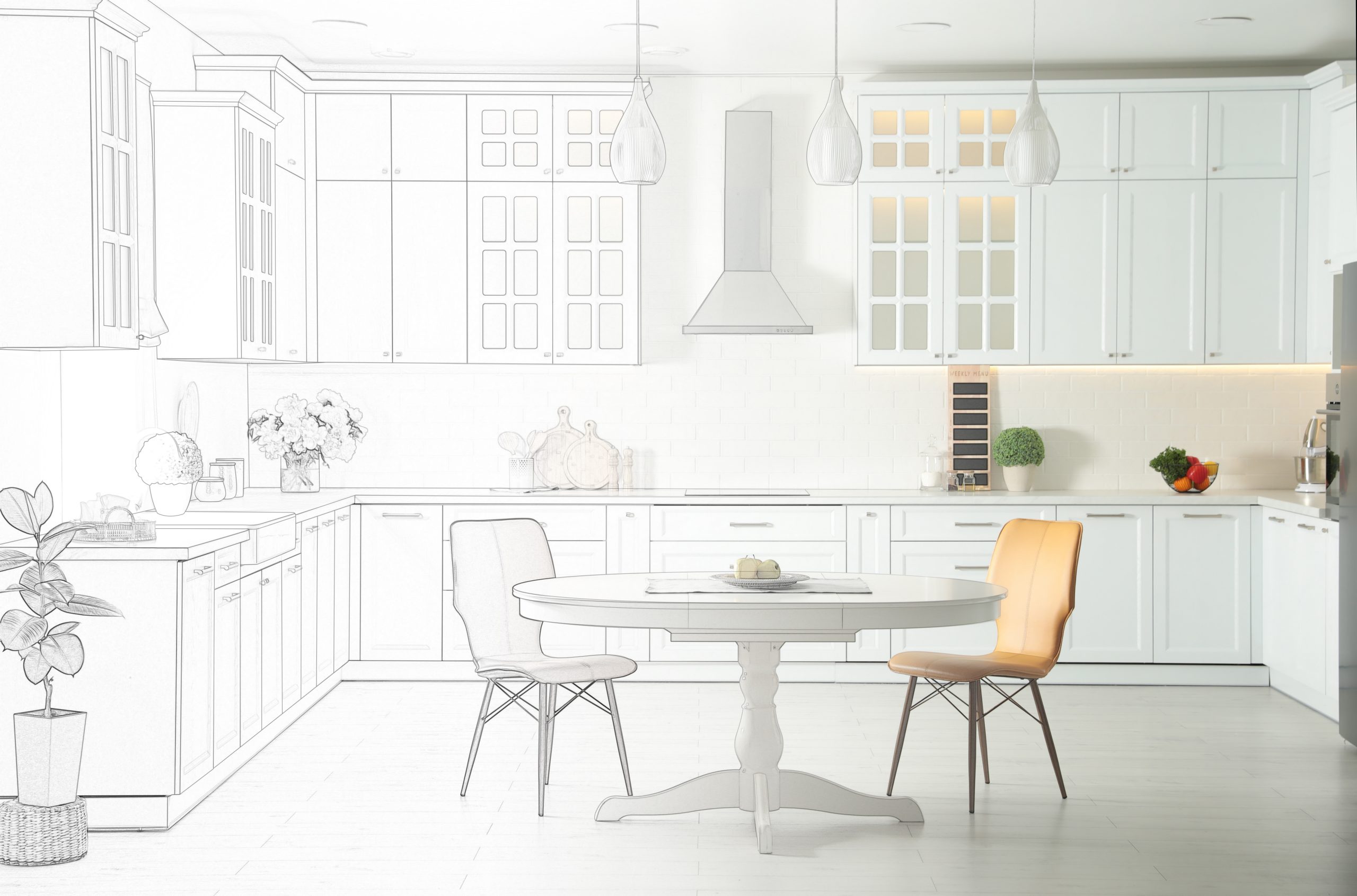
While both interior designers and decorators contribute to the overall aesthetic appeal and functionality of a space, the scope of their work, the necessary training, and the results they deliver can differ considerably.
Interior Designers: Masterminds of Space Planning
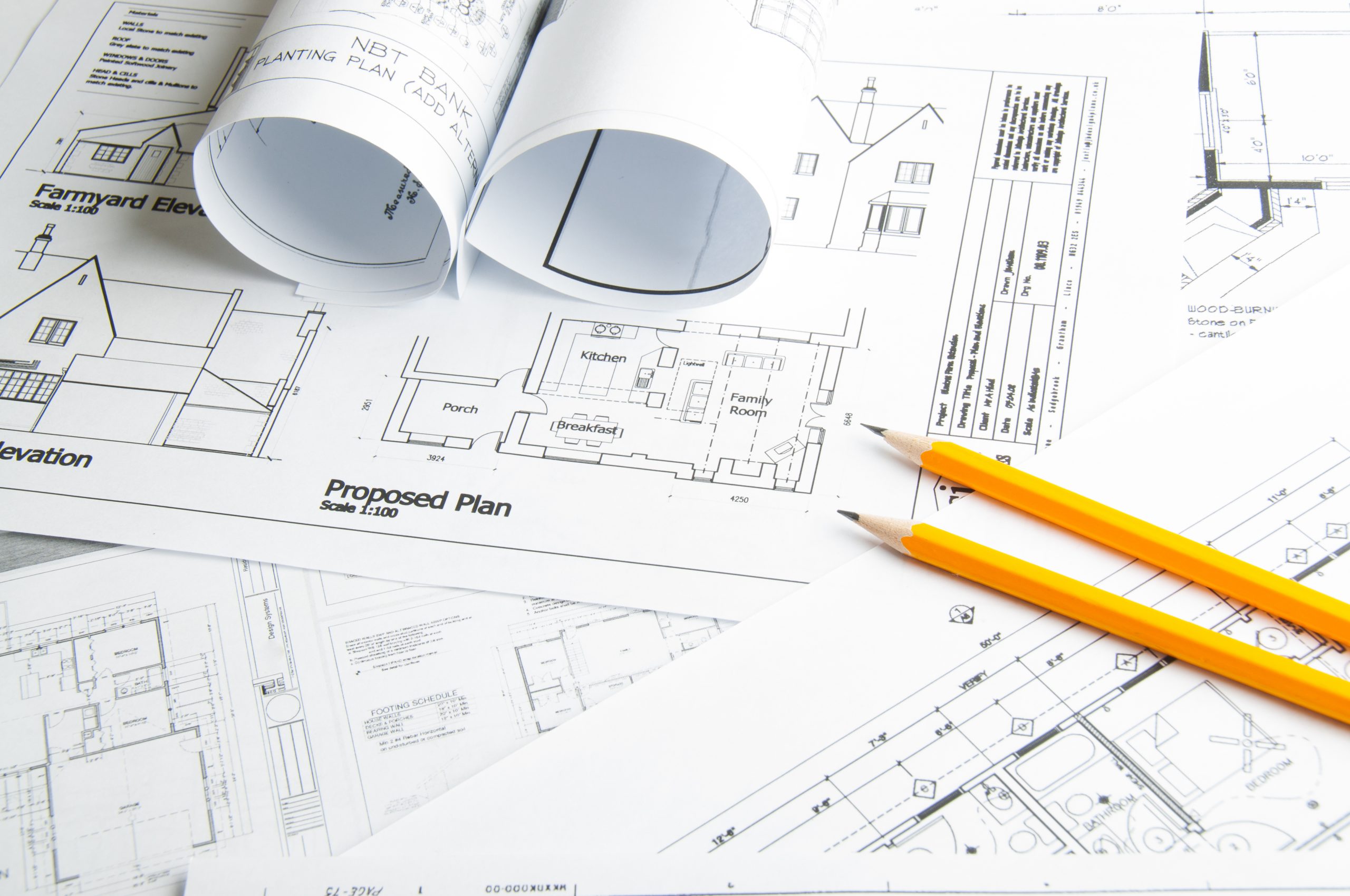
Interior designers are primarily concerned with the comprehensive planning, functional design, and effective utilization of space. They do not merely deal with superficial elements but are intricately involved in the technical aspects of design. This includes understanding and interpreting blueprints, compliance with building codes and regulations, and even having a hand in architectural elements.
The educational background of an interior designer typically includes a degree in interior design or a related field. Their training encompasses a diverse array of areas such as technical drawing, computer-aided design (CAD), space planning, architecture, and even psychology. Their role extends far beyond making a space ‘look good’; they delve into how the space is used and ensure it is functional, safe, and aesthetically appealing. This could include pivotal tasks such as repositioning walls, strategizing the placement and installation of windows, doors, or electrical outlets, and specifying the type, texture, and color of materials for floors and walls.
Interior Decorators: The Aesthetic Gurus
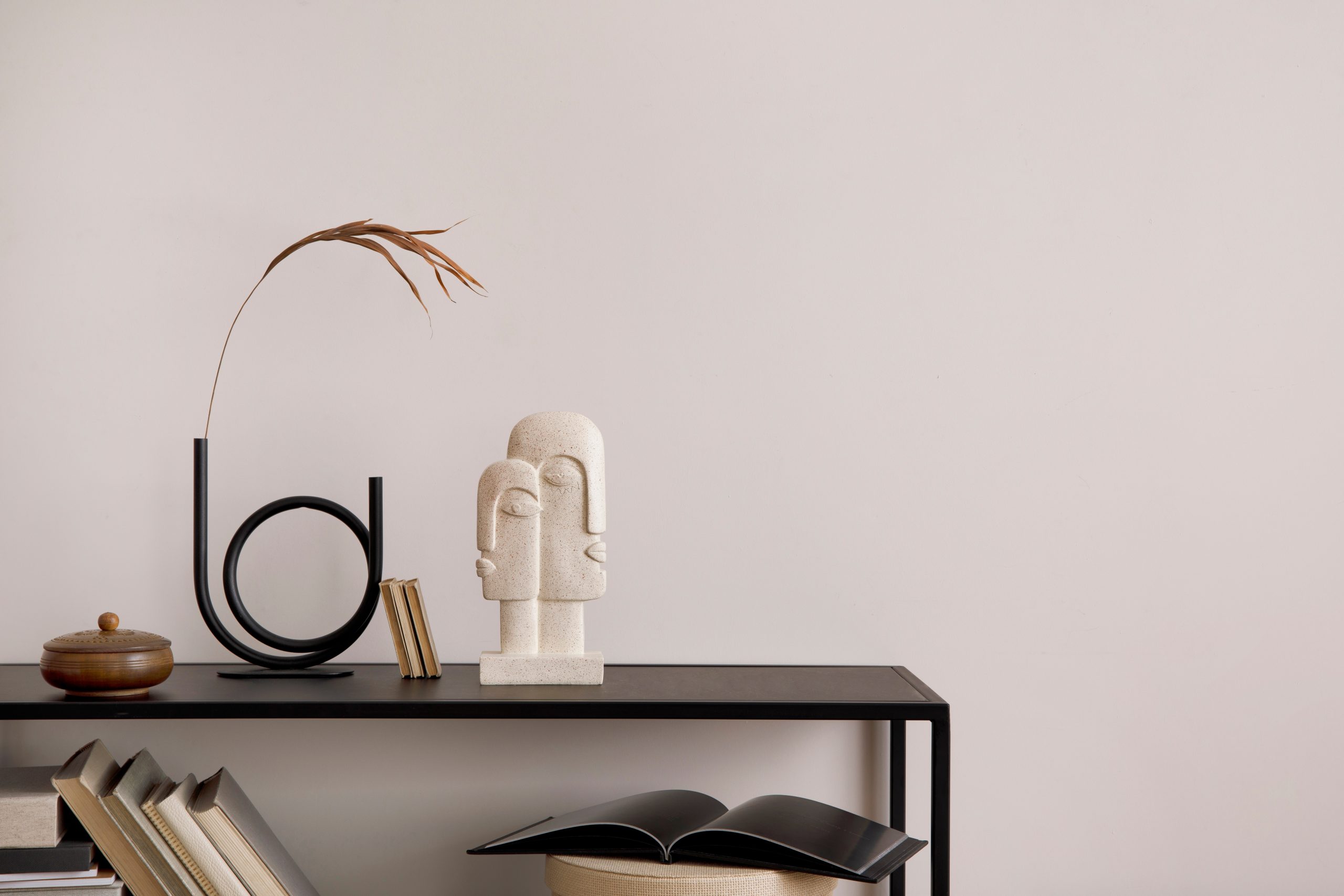
Interior decorators, on the other hand, devote their attention to the aesthetics of a space. They don’t usually get involved until the structural elements of a project are completed, stepping in to embellish the space with attractive and cohesive decorative elements.
They take charge of finalizing color schemes, choosing appropriate furnishings, deciding on wall and window treatments, and adding the finishing touches with tasteful accessories. Unlike interior designers, decorators aren’t usually involved in structural planning or design; instead, they focus on styling the space.
A decorator’s work doesn’t usually require formal education or training, as it primarily revolves around aesthetics, style, and visual enhancement rather than technical or structural design. That doesn’t mean that it’s an unskilled profession: far from it. An eye for style, knowing what works in any particular space, utilizing space as a canvas for style: all of these abilities must be honed and developed over many years, and takes considerable work.
Decorators who are able to look at a space an instantly know what would suit and what wouldn’t are rare and highly prized by the industry. They work closely with clients to comprehend their personal style, preferences, and lifestyle, then translate these insights into a visually pleasing and cohesive interior.
Points of Intersection and Differentiation
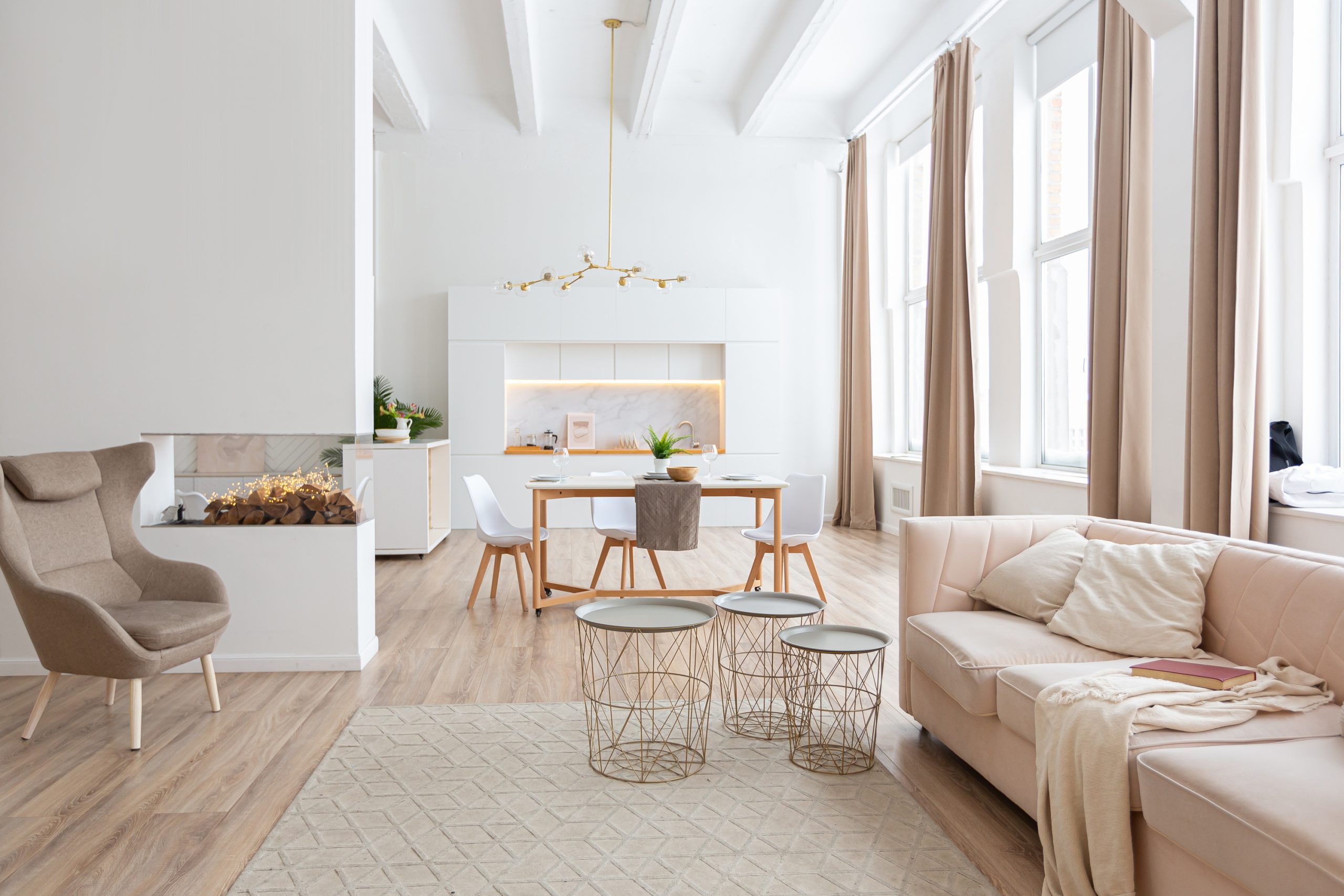
While the roles of interior designers and decorators have distinct aspects, there can be points of overlap. Many interior designers also undertake decoration services, while decorators might provide suggestions that impact the overall design. The skills required to perform both roles are necessarily related, though the qualifications can often be different. Both will have an eye for aesthetics in general, for example, but may be using this skill to achieve different ends. Who ends up as an interior designer and who ends up a decorator may be something as simple as personal taste—both professions understand that aspect of life well.
However, their core competencies and primary responsibilities remain different. Designers often collaborate with contractors and architects in designing the interior space, while decorators typically come in after the structural work is complete to provide the finishing touches.
The Importance of Recognizing the Differences
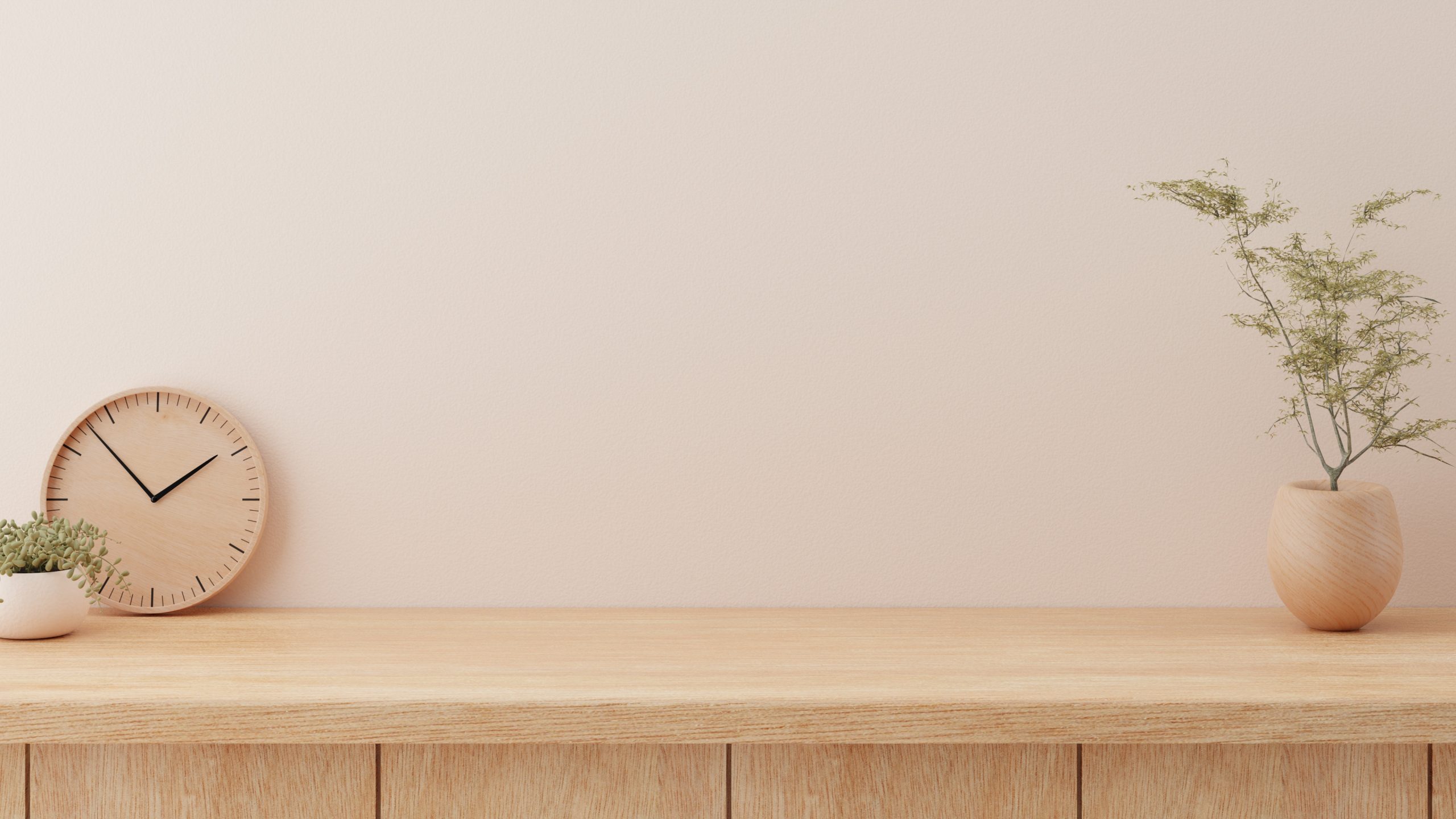
But just how important are these differences in a practical sense? Well, they’re pretty crucial if you are to see the right results for your project.
Your needs
Understanding these differences becomes crucial when you’re considering a revamp of your space. For instance, if you’re building a new home from the ground up or planning extensive renovations involving structural changes, an interior designer is your best bet. They can liaise with architects and contractors, combining their expertise to create a space that is not just attractive, but also functional, safe, and aligned with your lifestyle needs.
Conversely, if you’re planning to refresh an existing space without modifying its layout, an interior decorator can guide you through the process. They can assist you in choosing the right color palette, furnishings, decor, and accessories that reflect your personal style, breathing new life into your home. Their keen eye for detail and understanding of aesthetics can make all the difference in turning a house into a comfortable and stylish haven that reflects your personality.
When your needs are more complex
In other cases, your project might require a combination of both skill sets. For example, if you’re remodeling your home and reimagining its layout while also needing expert advice on style and decor, the skills of an interior designer would be invaluable. Many designers also excel in decorating, and can seamlessly transition from remolding the architecture to selecting just the right throw pillows for your new sectional.
Finding the right professionals
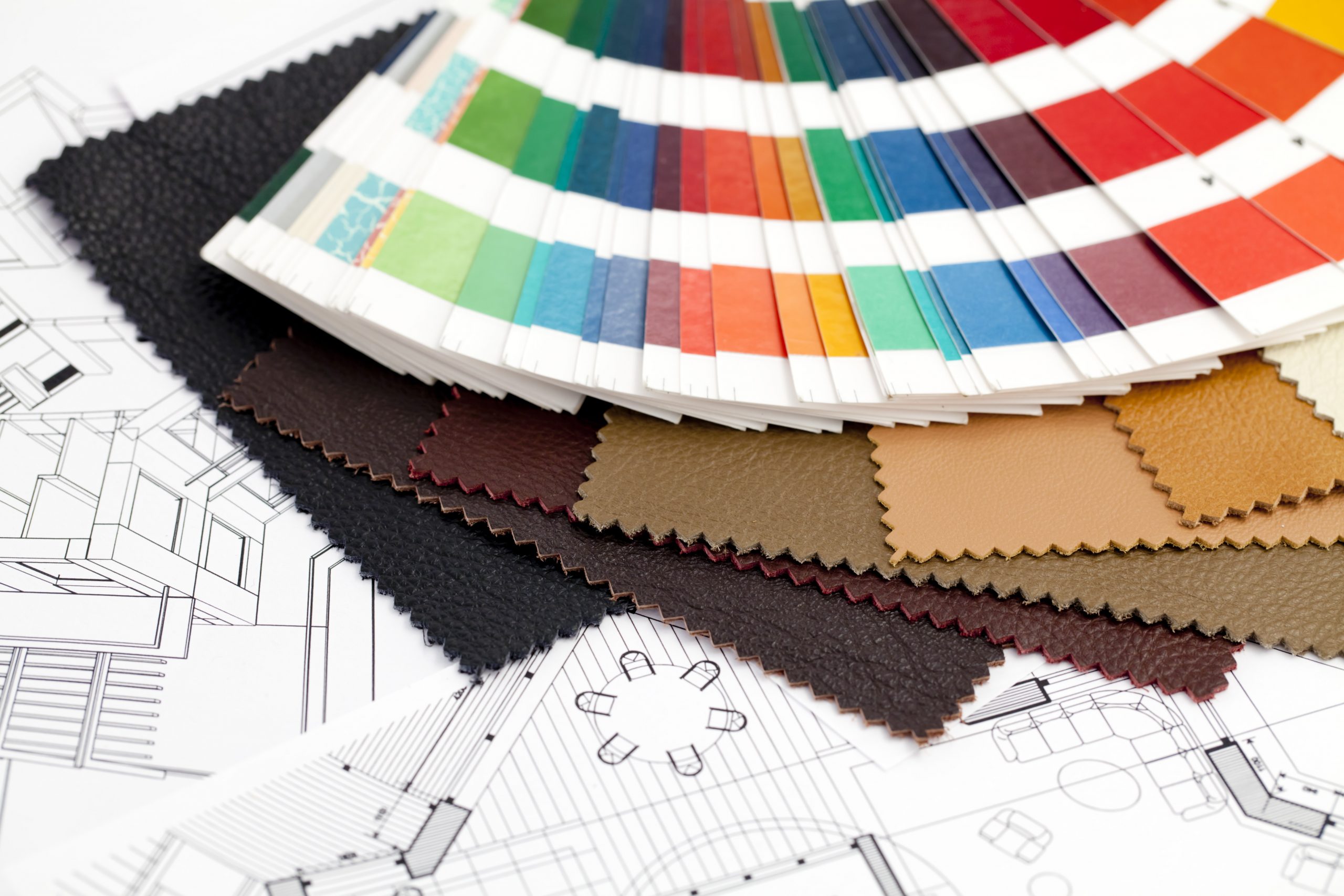
When it comes to finding professionals for your interior space, there are different approaches for seeking out an interior decorator or an interior designer.
Interior Decorator
To find an interior decorator, you can start by asking for recommendations from friends, family, or colleagues who have worked with decorators in the past. Additionally, you can explore local directories or online platforms that connect homeowners with decorators. Look for portfolios, reviews, and testimonials to get a sense of their style and expertise.
Interior Designer
For finding an interior designer, you can begin by researching design firms or agencies in your area. Their websites often showcase their previous projects, giving you an idea of their design philosophy and capabilities. You may also consider attending design events, trade shows, or exhibitions where you can meet designers in person and discuss your project. Architectural and design publications can be a valuable resource to discover talented designers who have been featured.
Regardless of whether you are searching for a decorator or a designer, it’s important to have a clear vision of your project and communicate your goals and budget upfront. This will help you find a professional who aligns with your aesthetic preferences and can meet your specific requirements.
By utilizing these methods of seeking out interior decorators or interior designers, you can find the right professional to transform your space into a beautiful and functional environment.
The long and short of it
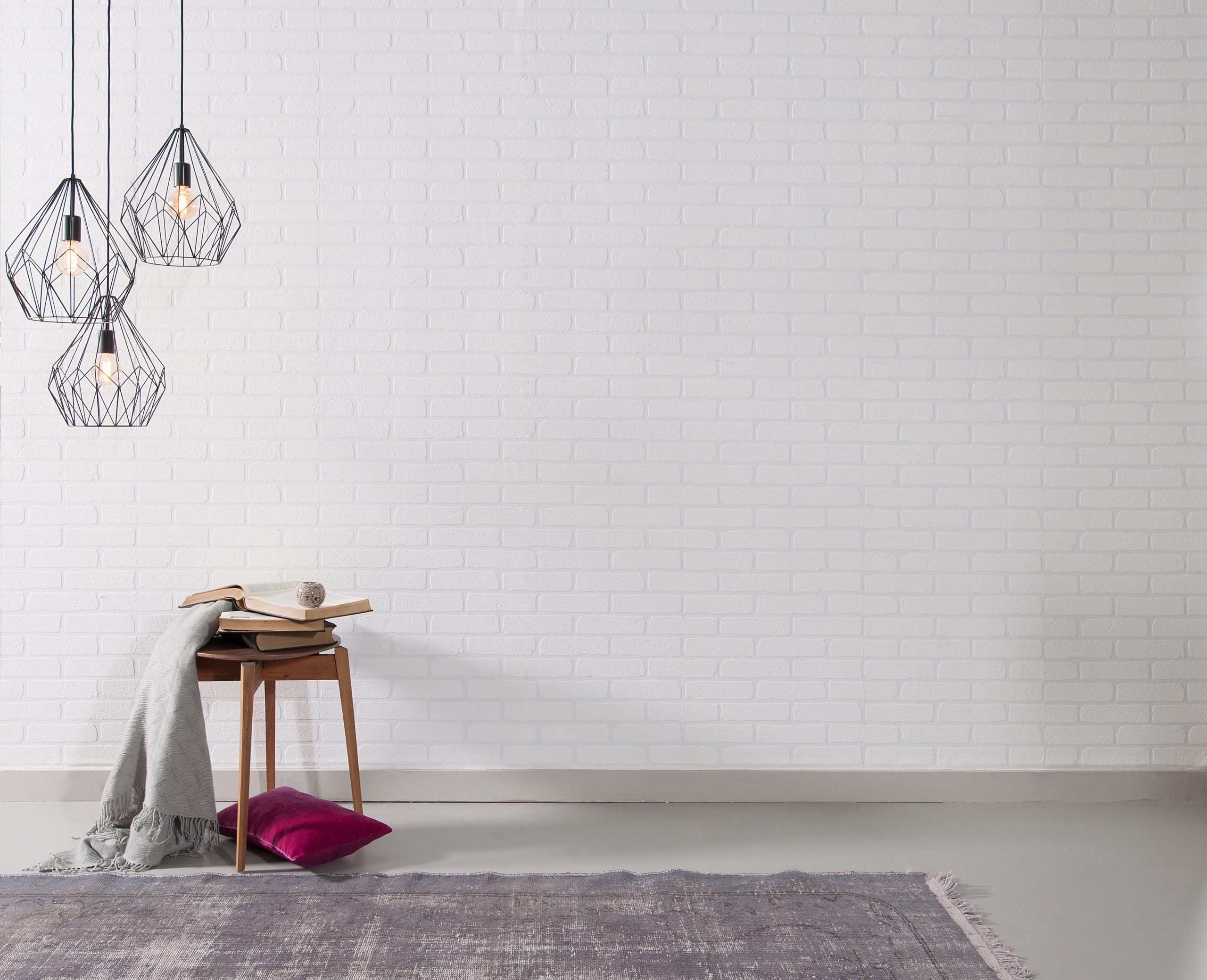
In conclusion, understanding the difference between an interior designer and an interior decorator is crucial. It allows you to make an informed decision when hiring a professional for your project. By discerning the unique skill sets of each professional, you can ensure that the individual or team you hire aligns perfectly with your design needs.
Practicalities: working together
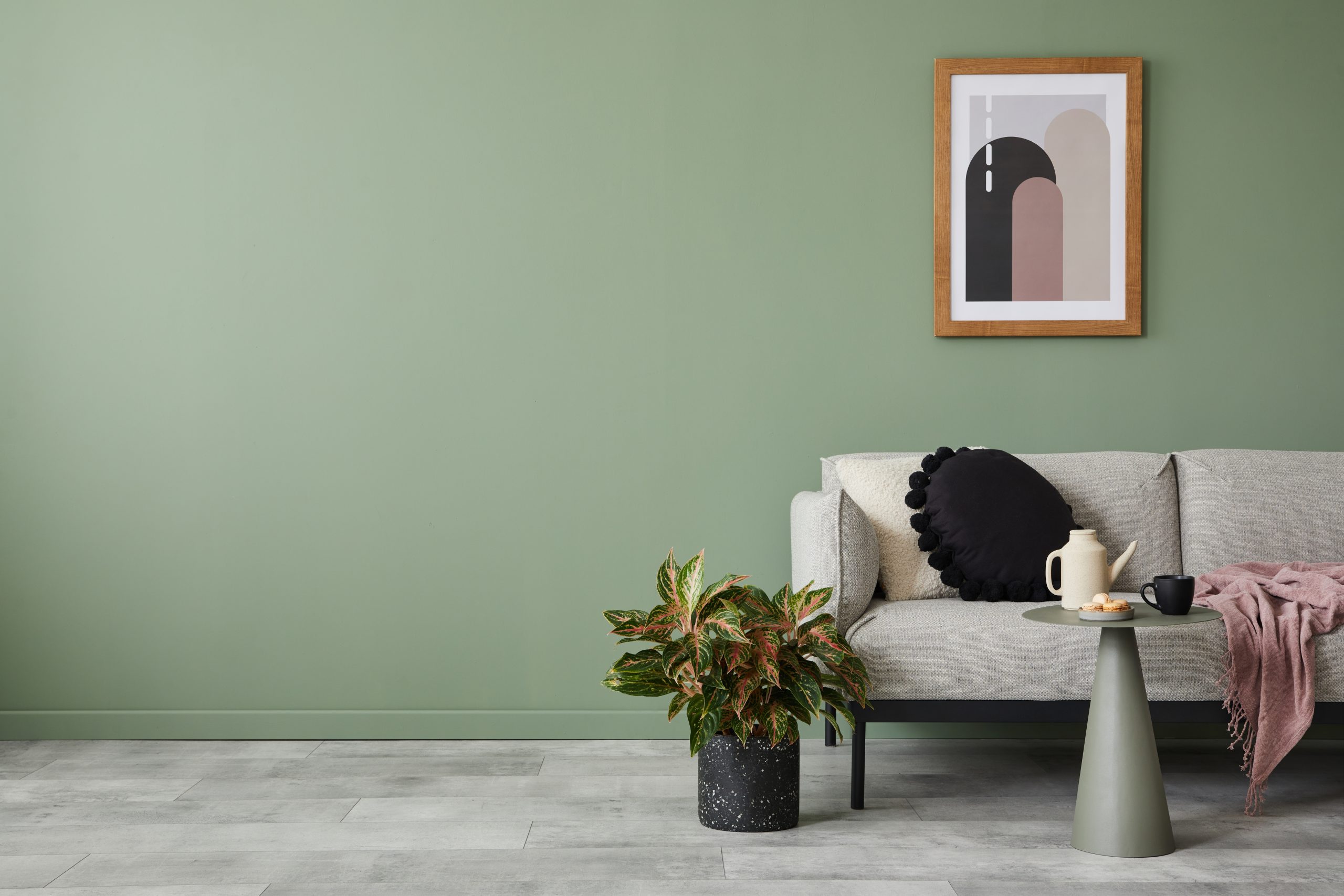
While interior designers and interior decorators often work in tandem, they each bring unique skills and perspectives to a project. A designer, with their technical expertise and understanding of structural elements, can transform the functionality and feel of a space. Decorators, with their knack for aesthetics and style, can ensure that space reflects your personal taste and becomes a place you’re proud to call home.
Ultimately, the best spaces are those that marry function and form, combining the technical expertise of interior design with the visual flair of decoration. So, whether you’re looking to revamp your space or just add a dash of style, understanding these two roles will help ensure your project is a success. And remember, the best designers and decorators will work with you, taking your tastes, needs, and lifestyle into account to create a space that truly feels like your own.
It’s all about outcomes
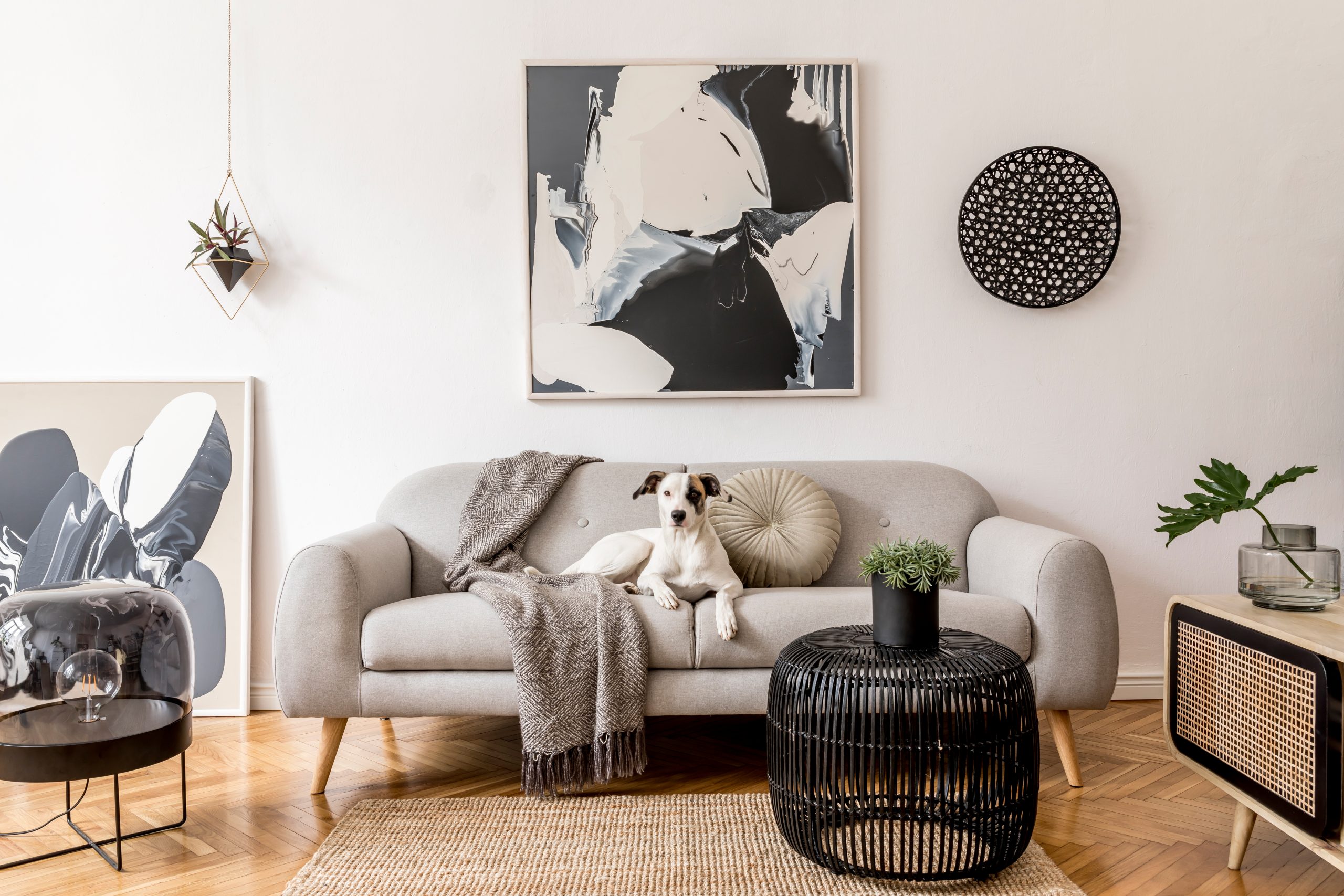
After all, our living and working environments significantly impact our everyday lives – our moods, productivity, comfort, and overall well-being. Recognizing the distinction between an interior designer and an interior decorator, therefore, is more than a matter of semantics. It’s about ensuring your space – whether residential or commercial, large or small – is designed and decorated in a way that enhances not just its aesthetic appeal, but also its functionality, safety, and the quality of your everyday life. As the old adage goes, the devil is in the details, and in this case, those details could mean the difference between a space that simply exists, and a space that truly feels like home.
- Categories:
